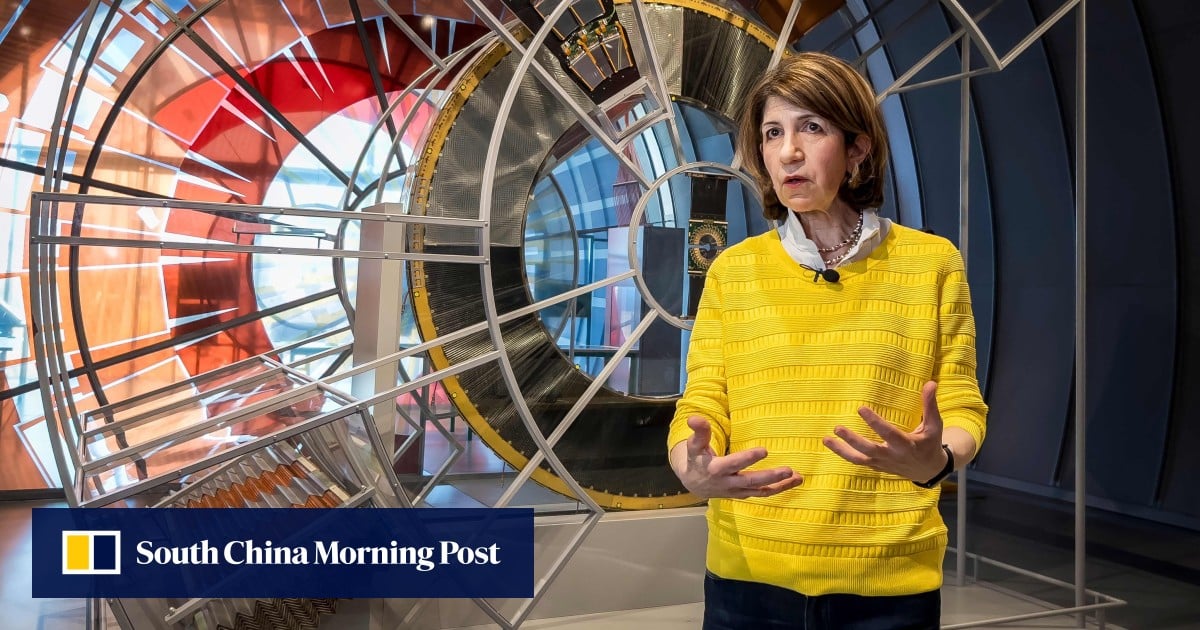TOKYO - Japan and the United States called for a strengthening of their alliance on March 29 as Prime Minister Shigeru Ishiba and new US Defence Secretary Pete Hegseth attended a ceremony marking the 80th anniversary of the Battle of Iwo Jima.
The tiny island of Iwo Jima in the Pacific Ocean lies around 1,250km from Tokyo and was the scene of five weeks of brutal combat between Japanese and US forces in World War II.
“I’d like to pay my respects to the souls of those who fought for our country on Iwo Jima and renew our pledge to peace,” Mr Ishiba said at the joint Japan-US memorial service on the island.
“I’d also like to reiterate our determination to keep the preciousness of peace in our hearts and to raise the US-Japan alliance, which brings peace and prosperity to the world, to new heights.”
Nearly all of Japan’s 21,000 soldiers were killed, fighting inside a network of tunnels, on Iwo Jima while the US side saw more than 6,800 fatalities, and 19,000 wounded.
“The US-Japan alliance shows those brave men of 1945 how yesterday’s enemy has become today’s friend,” Mr Hegseth said.
“Our alliance has been and remains the cornerstone of freedom, prosperity, security, and peace in the Indo-Pacific, and it will continue.”
An image of US marines raising the stars and stripes on the island became one of the most famous photos of World War II, and the battle has inspired numerous books and movies.
Efforts to find the remains of the war dead continue on the remote volcanic island, which is now off limits to civilians and known in Japan as Iwo-To.
The ceremony was about “confirming post-war reconciliation between Japan and the United States and praying for further friendship through joint memorial and tribute activities for the war dead”, the Japanese government said.
It was also attended by Defence Minister Gen Nakatani, who was due to hold talks with Mr Hegseth in Tokyo on March 30.
Mr Nakatani said that the discussions would touch on “sharing recognition on regional issues” as well as “measures to further strengthen responsiveness and deterrence”.
Japan and the US are each other’s top foreign investors, and 54,000 US military personnel are stationed in Japan, mostly in Okinawa east of Taiwan.
Japan has been shedding its strict pacifist stance, moving to obtain “counterstrike” capabilities and doubling military spending to the Nato standard of two per cent of GDP.
But Washington could ask it to do more, with Mr Trump’s nominee for a key Pentagon policy position, Mr Elbridge Colby, calling for defence spending of three per cent of GDP.
“We have a great relationship with Japan. But we have an interesting deal with Japan that we have to protect them, but they don’t have to protect us,” Mr Trump said in March.
“Who makes these deals?“ he said.
Mr Hegseth could prod Japan to raise its defence budget and potentially buy more American military hardware, said Mr Yee Kuang Heng from the University of Tokyo.
“In response, Japan could stress its own recently established Japan Joint Operations Command (JJOC),” Mr Heng told AFP.
In Manila on March 28, Mr Hegseth said that Washington and the Philippines, another close US ally, must stand “shoulder to shoulder”.
“Deterrence is necessary around the world but specifically in this region, in your country, considering the threats from the Communist Chinese,” Mr Hegseth said.
His comments follow months of confrontations between Philippine and Chinese vessels in the disputed South China Sea.
Beijing claims almost the entirety of the crucial waterway, despite an international ruling that its assertion has no merit. AFP
Join ST's Telegram channel and get the latest breaking news delivered to you.

 By The Straits Times | Created at 2025-03-29 06:40:31 | Updated at 2025-03-31 19:49:22
2 days ago
By The Straits Times | Created at 2025-03-29 06:40:31 | Updated at 2025-03-31 19:49:22
2 days ago








